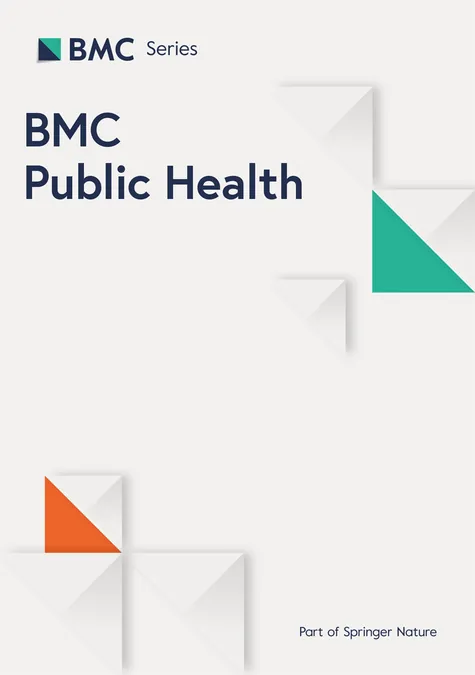
Unlocking Tehran: The Hidden Barriers to Cycling and Walking
2025-05-31
Author: Yu
Tehran's Transport Dilemma
A new in-depth study reveals that Tehran, the bustling capital of Iran, faces significant challenges when it comes to promoting active transport modes like cycling and walking. Despite the structure of a city accommodating over 9.8 million inhabitants with a staggering daily trip count of 20.3 million—mostly by private cars—active transport methods barely scrape the surface, with cycling accounting for a mere 0.3% of these trips.
Study Insights: Citizens Speak Out
Conducted from April to November 2024, this qualitative research engaged Tehran residents through telephone interviews and focus group discussions (FGDs), painting a vivid picture of the barriers they face. With varied socioeconomic backgrounds considered, participants shared valuable insights into their perceptions of cycling and walking.
Perceptions of Active Transport: The Good and the Bad
Participants recognized cycling as a 'clean and environmentally friendly' mode of transport and acknowledged the health benefits of walking. However, they also expressed skepticism, stating that cycling remains stigmatized and is often viewed more as a leisure activity than a viable means of transportation.
Barriers to Active Transport: The Unseen Struggles
The study identified three primary themes of barriers: individual, social and cultural, and environmental.
**Individual Barriers:** Many respondents cited 'lack of time' as a crucial factor. Busy work schedules and family commitments left little room for cycling or walking. Additionally, the high cost of purchasing bicycles was seen as a significant deterrent.
**Social and Cultural Barriers:** Participants pointed to a deeply ingrained cycling culture that narrowly frames bicycles as children's toys rather than practical transportation. Furthermore, societal expectations and stereotypes, particularly regarding women, create an environment where gender norms inhibit female cycling.
**Environmental Barriers:** A significant lack of infrastructure for cyclists and walkers consistently emerged as the most pressing issue. Many participants lamented the absence of safe paths and often described cycling on busy roads as hazardous.
The Role of Infrastructure and Safety
Participants overwhelmingly tied their reluctance to engage in active transport to their fears related to safety and insufficient bike paths. "If we had well-connected, safe cycling paths, I'd definitely consider biking to work," noted one participant, echoing a consensus among many.
Need for Cultural Change and Awareness
Poor advertising about the benefits of cycling and walking was also deemed critical. Respondents suggested that educational initiatives could bridge the gap between residents and greater participation in active transport.
A Call to Action for Policymakers
This groundbreaking study not only sheds light on the barriers faced by citizens in Tehran but also serves as a wake-up call for urban policymakers. Investing in infrastructure, promoting cultural shifts toward cycling, and enhancing community awareness could potentially revolutionize the way Tehran navigates its transportation challenges.
Conclusion: Moving Forward Together
Ultimately, for Tehran to unlock the potential of active transport, a multi-faceted approach addressing infrastructure, societal norms, and public education is essential. The residents' voices—full of genuine insight—should guide urban planning, as Tehran seeks sustainable and healthier modes of transport for its vibrant future.



 Brasil (PT)
Brasil (PT)
 Canada (EN)
Canada (EN)
 Chile (ES)
Chile (ES)
 Česko (CS)
Česko (CS)
 대한민국 (KO)
대한민국 (KO)
 España (ES)
España (ES)
 France (FR)
France (FR)
 Hong Kong (EN)
Hong Kong (EN)
 Italia (IT)
Italia (IT)
 日本 (JA)
日本 (JA)
 Magyarország (HU)
Magyarország (HU)
 Norge (NO)
Norge (NO)
 Polska (PL)
Polska (PL)
 Schweiz (DE)
Schweiz (DE)
 Singapore (EN)
Singapore (EN)
 Sverige (SV)
Sverige (SV)
 Suomi (FI)
Suomi (FI)
 Türkiye (TR)
Türkiye (TR)
 الإمارات العربية المتحدة (AR)
الإمارات العربية المتحدة (AR)